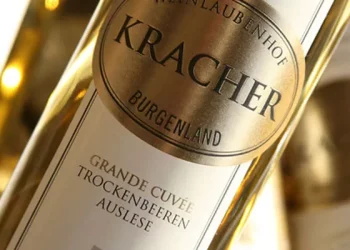The most common wine we drink is mostly red wine. Did you know that white wine can also be made from red grapes?
The main difference between white wine brewing and red wine brewing is whether the grape skin is fermented together.
The basic principles of winemaking are very simple. However, the process of winemaking can vary greatly depending on the winemaker and the brewing process used.
Let’s take a look at how white wine is made.
White wine can be made from either red or white grape varieties.
The main difference between red wine and white wine is whether the grape skin is fermented with it.
The grapes are first crushed to separate the flesh from the skin, and then the sweet juice is collected into jars, ready for the next stage of fermentation.
White wines are usually made at a lower temperature than red wines, and the lower temperature helps to maintain a fresh fruity flavor.
During fermentation, two parts of sugar in grape juice can be converted to one part alcohol.
As a result, the sugar content of grape juice 2 bribrio yields a 1% alcohol content.
The higher the sugar content of grape juice, the higher the alcohol content of fermentation will be.
White wine can easily change color, such as Browning, so its aging time is much shorter than red wine.
After fermentation, the wine is aged in oak barrels, which adds vanilla flavor to the wine.
The malolactic conversion process also adds creaminess to the wine.
These two processes take time and cost to the winery, so oak-aged wines are more expensive.
White wines often need to be strained before bottling.
If you make white wine at home, the resulting wine is often cloudy, the result of no filtration.
Believe it or not, white wine is not as stable as red wine, so wineries often have to add more sulfites to white wine.
The latest market dynamics at any time to see, please pay attention to.












































